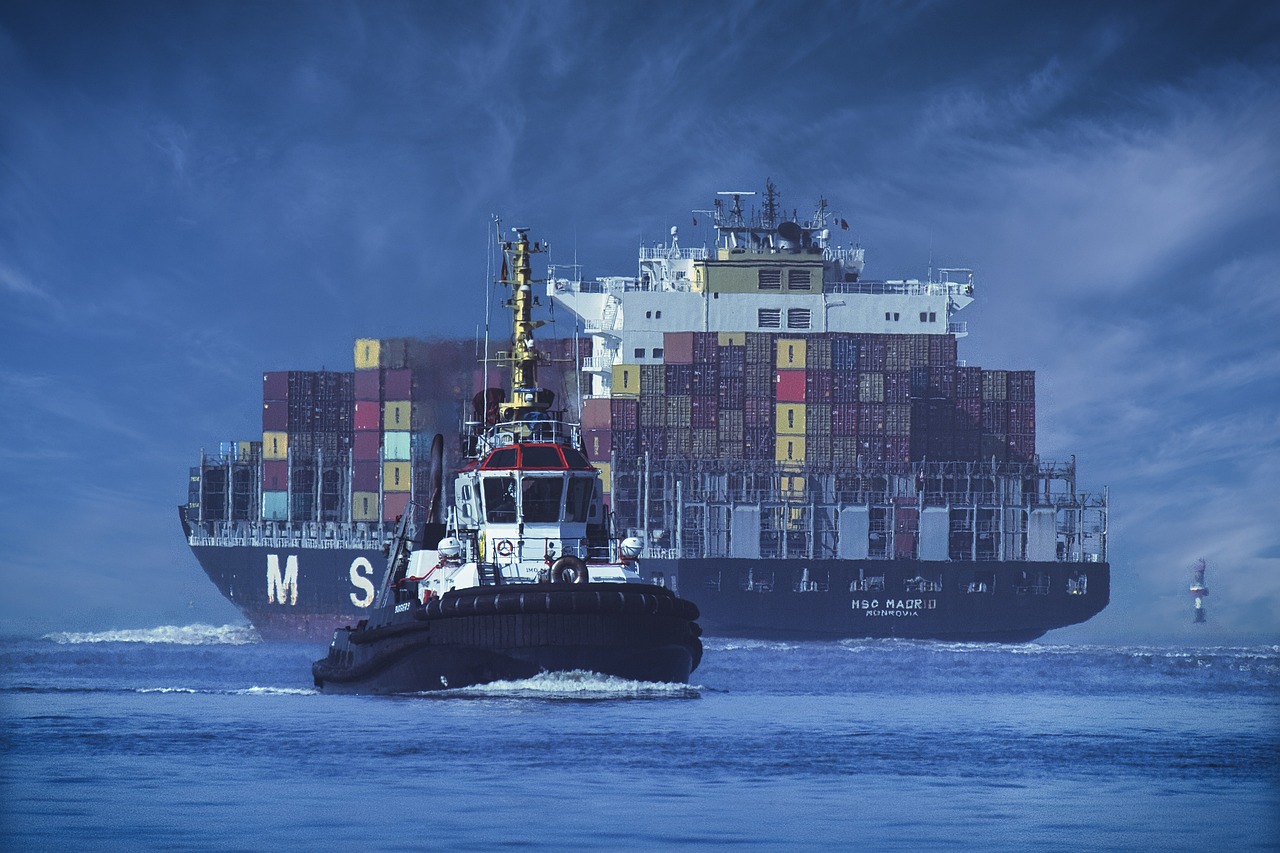Kubernetes is a powerful platform for managing containerized applications at scale. It provides a robust framework for deploying, scaling, and managing applications, along with features for service discovery, load balancing, and self-healing. In this blog post, we will discuss how to scale applications on Kubernetes, and how to set up monitoring, backup, and storage processes.
Scaling Applications
Scaling applications on Kubernetes can be achieved through two methods: horizontal pod autoscaling and vertical pod autoscaling.
Horizontal Pod Autoscaling (HPA)
HPA scales the number of pod replicas based on observed CPU utilization or custom metrics supported by Kubernetes. HPA is implemented as a control loop that queries resource usage against the metrics specified in each HorizontalPodAutoscaler definition.
Vertical Pod Autoscaling (VPA)
VPA adjusts the CPU and memory requests of the pods, allowing for proper scheduling onto nodes and helping the system make better use of node resources.
Monitoring
Monitoring is crucial for maintaining the reliability, availability, and performance of Kubernetes and applications running on it.
Prometheus
Prometheus, an open-source systems monitoring and alerting toolkit, is widely used for Kubernetes monitoring. It collects metrics from configured targets at given intervals, evaluates rule expressions, and can trigger alerts if certain conditions are observed to be true.
Grafana
Grafana is often used in conjunction with Prometheus to visualize the collected metrics.
Backup and Storage
Maintaining backups and proper storage is essential for data persistence and recovery.
Velero
Velero is a popular tool for Kubernetes backup and restore. It can back up your entire cluster, selected namespaces, or individual resources.
Persistent Volumes (PV) and Persistent Volume Claims (PVC)
Kubernetes provides Persistent Volumes (PV) and Persistent Volume Claims (PVC) for storage. PVs are resources in the cluster that storage is provisioned on, and PVCs are requests for those resources.
Architecture Diagram
Here is a diagram of the architecture:
This diagram illustrates how pods, services, and persistent volumes interact within a Kubernetes cluster, and how external tools like Prometheus, Grafana, and Velero integrate with the cluster.
Scaling applications on Kubernetes, coupled with effective monitoring, backup, and storage processes, can significantly enhance the performance and reliability of your applications. Kubernetes’ flexibility and robustness make it an excellent choice for managing containerized applications at scale…
Conclusion
In conclusion, Kubernetes provides a robust and flexible platform for managing containerized applications at scale. By leveraging its built-in features for scaling, and integrating with powerful open-source tools for monitoring, backup, and storage, you can significantly enhance the performance, reliability, and resilience of your applications.
Remember, the key to effectively using Kubernetes is understanding its concepts and components, and how they interact with each other. Regular monitoring and backups are also crucial for maintaining the health of your system and for ensuring data recovery in case of any failures.
With the right setup and configuration, Kubernetes can provide a solid foundation for your applications, allowing you to focus on building and improving your applications instead of worrying about infrastructure management.

